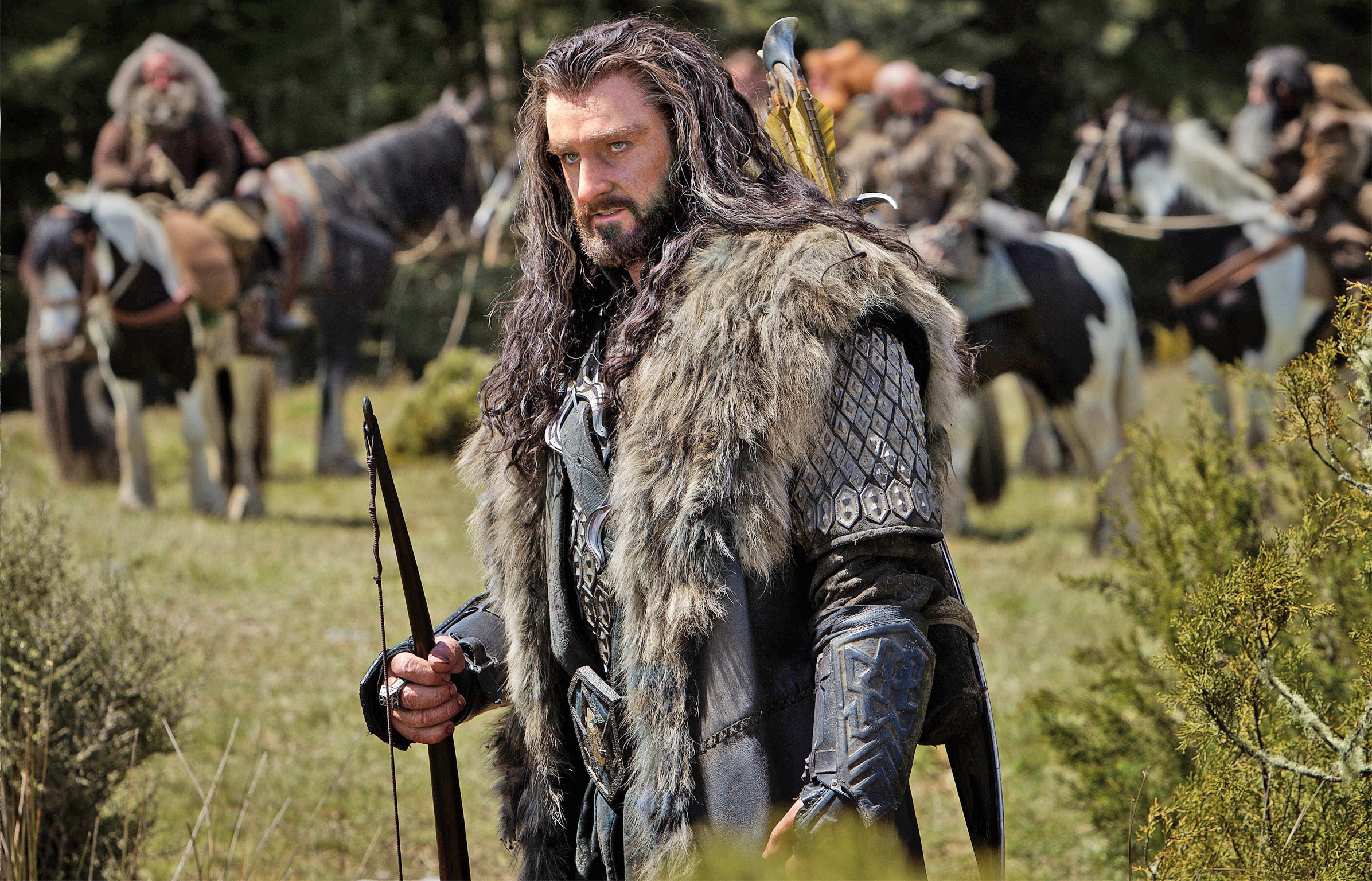27 animals died during filming of Hollywood blockbuster The Hobbit: An Unexpected Journey, says report
Agency tasked with monitoring safety ‘covered up injuries and deaths on movie sets'

Your support helps us to tell the story
From reproductive rights to climate change to Big Tech, The Independent is on the ground when the story is developing. Whether it's investigating the financials of Elon Musk's pro-Trump PAC or producing our latest documentary, 'The A Word', which shines a light on the American women fighting for reproductive rights, we know how important it is to parse out the facts from the messaging.
At such a critical moment in US history, we need reporters on the ground. Your donation allows us to keep sending journalists to speak to both sides of the story.
The Independent is trusted by Americans across the entire political spectrum. And unlike many other quality news outlets, we choose not to lock Americans out of our reporting and analysis with paywalls. We believe quality journalism should be available to everyone, paid for by those who can afford it.
Your support makes all the difference.It’s the comforting, post-credits pledge that lets animal lovers enjoy their favourite movies without worrying that anyone really killed Kevin Costner’s horse or Tom Hanks’s dog.
But now it seems the slogan “no animals were harmed” is not always to be believed after the publication of a report claiming animal cruelty is still rife in Hollywood.
A number of animals were injured or killed during the production of some of last year’s biggest blockbusters, including Life of Pi and The Hobbit: An Unexpected Journey, while the HBO horse-racing drama Luck was cancelled after four horses died during filming.
The report by The Hollywood Reporter accuses the American Humane Association (AHA) – the issuer of the familiar “no animals were harmed” credit – of not only failing to protect animals on set, but also of covering up those lapses. The real-life Bengal tiger that played the circus animal “Richard Parker” in the director Ang Lee’s acclaimed Life of Pi was reported to have almost “drowned” during a sequence that was shot in a water tank in Taiwan; the report claims the animal was snagged with a catch rope and dragged to the side of the tank.
The Oscar-winning film was awarded the “no animals were harmed” stamp, despite an AHA official having witnessed the incident.
Gina Johnson, a representative for the AHA, described the tiger’s mistreatment in an email to a colleague in 2011.
“This one take with him just went really bad and he got lost trying to swim to the side. Damn near drowned,” she wrote. “I think this goes without saying but don’t mention anything to anyone! Especially the office. Have downplayed the fuck out of it.”
The report also claims the AHA neglected to investigate animal cruelty that took place on a New Zealand farm during the filming of The Hobbit: An Unexpected Journey in 2011, when 27 animals – including sheep and goats – reportedly perished from dehydration, exhaustion or drowning.
An animal trainer working on the film informed an AHA official of the fatalities in 2012, but was told the lack of physical evidence would make it hard to investigate the claim further. When the trainer replied that he had buried the animals himself and knew of their location, the AHA representative told him that because the deaths had taken place off-set, it could not officiate.
The film was later given the carefully worded credit that noted it “monitored all of the significant animal action. No animals were harmed during such action”.
These recent incidents of animal neglect are not isolated. According to the report, a husky dog was punched in the diaphragm on Disney’s 2006 film Eight Below, a chipmunk was fatally squashed in the 2006 comedy Failure to Launch, starring Matthew McConaughey and Sarah Jessica Parker, and dozens of dead fish and squid were washed ashore during the filming of Pirates of the Caribbean in 2003.
In a statement, the AHA denied the allegations made in the report and said it could only bear responsibility for an animal’s welfare while it was on a film set.
“Far from allowing abuse or neglect to occur, we have a remarkably high safety record of 99.98 per cent on set,” the AHA said.
“Despite our best efforts, there have occasionally been rare accidents, most of them minor and not intentional.”
Writing to condemn the animal deaths during production on The Hobbit last year, Dr Robin Ganzert, the chief executive of the AHA, said: “We do not have either the jurisdiction or funding to extend oversight to activities or conditions off-set or before animals come under our protection. “There are too many incidents off the set and this must stop. It is vital that we work with the industry to bring the kind of protection we have for animals during filming to all phases of production.”
Animal Cruelty: Film’s recent record
The Hobbit: An Unexpected Journey (2012)
Twenty seven animals including goats and sheep were said to have perished from dehydration, exhaustion or drowning on a New Zealand farm during filming.
Zookeeper (2011)
An elderly giraffe died during the movie’s production run.
Eight Below Zero (2006)
A huskie was beaten during filming, and given five punches to its diaphragm. Force was also used to break up a dog fight.
Join our commenting forum
Join thought-provoking conversations, follow other Independent readers and see their replies
Comments